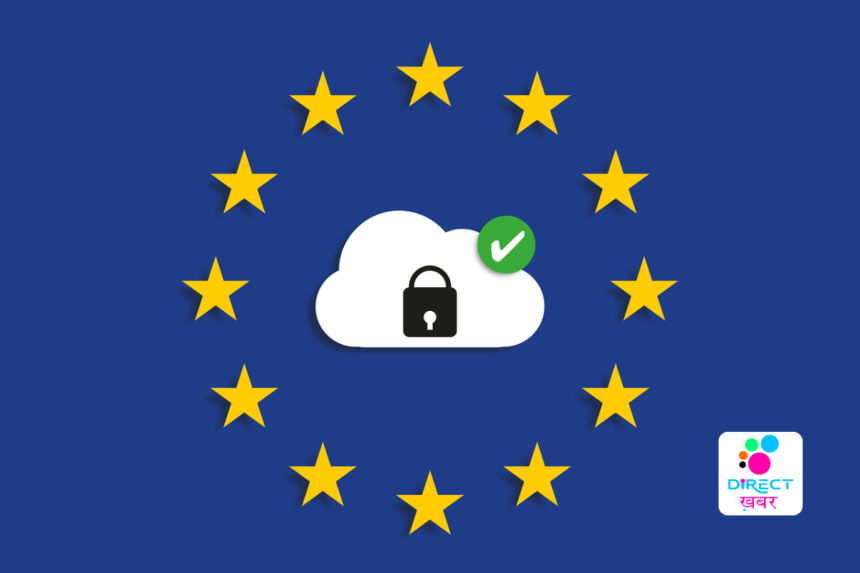Data Privacy in Marketing: Best Practices
In today’s digital age, data privacy has become a paramount concern for consumers, regulators, and businesses alike. As marketers leverage vast amounts of personal data to target and engage audiences, ensuring the privacy and security of this marketing information is essential. This article explores best practices for maintaining data privacy in marketing strategies to build trust with consumers and comply with regulatory requirements.

Understanding Data Privacy:
Data privacy refers to the protection of individuals’ personal information from unauthorized access, use, or disclosure. It encompasses various aspects, including data collection, storage, processing, and sharing. With the proliferation of digital technologies, marketers have access to a wealth of consumer data, ranging from demographic details to browsing behavior and purchase history.
Best Practices for Data Privacy in Marketing:
Transparency and Consent:
- Clearly communicate with consumers about data collection practices, including what information is collected, how it’s used, and with whom it’s shared.
- Obtain explicit consent from individuals before collecting their personal data, ensuring they understand and agree to the terms.
- Implement robust opt-in mechanisms and allow users to easily opt-out of data collection and marketing communications.
Data Minimization:
- Collect only the data necessary for specific marketing purposes, minimizing the amount of personal information stored.
- Regularly review data collection practices and purge obsolete or unnecessary data to reduce the risk of unauthorized access or misuse.

Security Measures:
- Implement stringent security protocols to safeguard consumer data from breaches or cyberattacks.
- Utilize encryption techniques to protect data both in transit and at rest.
- Regularly update security systems and conduct vulnerability assessments to identify and address potential weaknesses.
Anonymization and Pseudonymization:
- Where possible, anonymize or pseudonymize personal data to reduce the risk of identification.
- Replace identifiable information with pseudonyms or codes to protect individuals’ privacy while still allowing for analysis and targeting.

Data Governance and Compliance:
- Establish clear policies and procedures for data handling, outlining roles and responsibilities within the organization.
- Ensure compliance with relevant data protection regulations, such as GDPR in the European Union or CCPA in California.
- Provide ongoing training and education for employees to promote a culture of data privacy awareness and compliance.
Third-Party Partnerships:
- Vet third-party vendors and partners for their data privacy practices and ensure they adhere to the same standards.
- Establish contractual agreements that outline data protection requirements and responsibilities.
- Monitor third-party activities regularly to mitigate risks associated with data sharing.
Accountability and Transparency:
- Take responsibility for data privacy practices and be transparent about any incidents or breaches that occur.
- Provide avenues for consumers to access, update, or delete their personal information and address any concerns or complaints promptly.
Privacy by Design:
- Integrate privacy considerations into the design of marketing campaigns, platforms, and technologies from the outset.
- Conduct privacy impact assessments to identify and mitigate potential risks to consumer privacy throughout the development process.
As marketers navigate the complex landscape of data privacy, adherence to best practices is essential to foster trust, protect consumer rights, and mitigate regulatory risks. By prioritizing transparency, security, and accountability in their data handling processes, businesses can build stronger relationships with their audiences while ensuring compliance with evolving privacy regulations. Ultimately, a commitment to data privacy not only safeguards sensitive information but also reinforces brand integrity and credibility in the eyes of consumers.
In addition to transparency, ensuring the security of consumer data is paramount. Marketers must implement robust security measures to safeguard against unauthorized access, breaches, or cyberattacks. This includes encryption techniques to protect data both in transit and at rest, regular security updates, and vulnerability assessments to identify and address potential weaknesses in systems and processes. By prioritizing security, marketers not only protect sensitive consumer information but also uphold their obligation to maintain data confidentiality and integrity.






